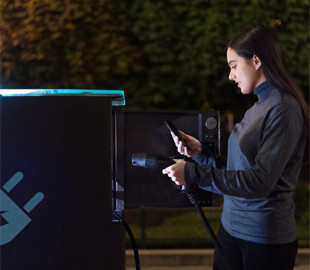
The discovery could lead to the creation of longer-lasting batteries for electric cars and accelerate the transition to new energy sources, according to the authors of the study.
An international group of researchers identified the main the reason for battery degradation over time – self-discharge Hydrogen atoms formed during the charging process impair the performance of the cathode. The discovery will help develop more advanced batteries for electric vehicles and electronics.
In a lithium-ion battery, lithium ions move from the positive (anode) to the negative pole (cathode) through an electrolyte solution. This forms the current that powers devices from phones to laptops and even electric cars. Lithium ions return to the anode during charging, and the cycle can repeat.
200% Deposit Bonus up to €3,000 180% First Deposit Bonus up to $20,000Scientists previously believed that batteries self-discharge because not all lithium ions return to the anode during charging, reducing the number of charged ions available for generating current and providing power.
Using a powerful X-ray machine at the Argonne National Laboratory, scientists discovered that hydrogen molecules from the battery's electrolyte move to the cathode and occupy places that lithium ions normally bind to. As a result, there are fewer places for lithium ions to bond on the cathode, which weakens the electric current and reduces battery capacity.
Now that researchers understand what causes self-discharge, they can work to prevent it. One option may be to cover the cathode with a special material that blocks only hydrogen atoms.

